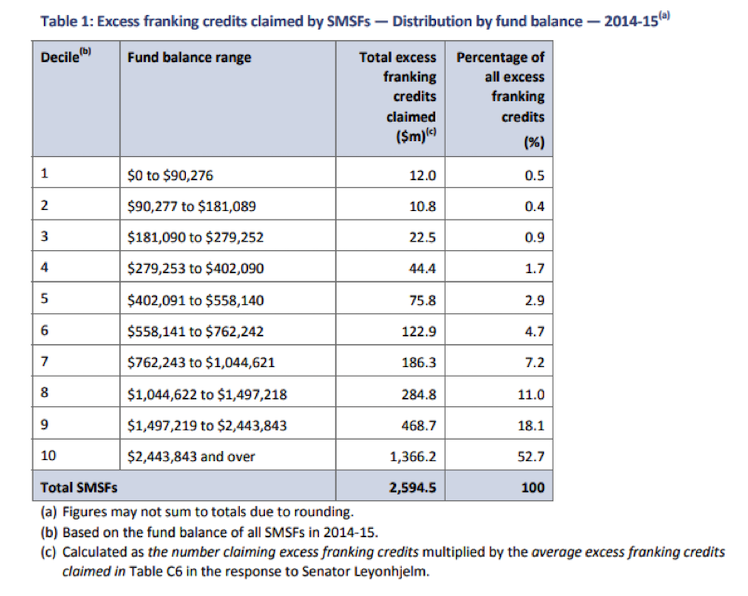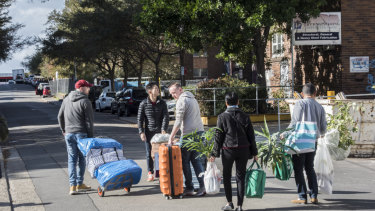The great Sydney trade-off: finding the elusive, almost mythical sweet spot
By Matt Wade
The sweet spot in Sydney is an elusive, almost mythical place.
An affordable home close to the shops, with a reasonable commute to a decent paying job is difficult enough to find. But the juggle becomes even harder once you add school choices and the expectation of enriching leisure time including overseas travel.

We’re a city searching for a combination that delivers the best of all worlds or, at least, the best available.
For almost all of us, there will be compromise. The great Sydney trade-off: to live in beautiful scenery but spend three hours a day shuttling between home and the office. To live near the station but forever hear the rattle of the trains. To take a job with longer hours so the kids can go to private school.
“One thing that’s changed is that you can’t trade up the property ladder nearly as easily as you could’ve 20 years ago,” says leading urban economist, Terry Rawnsley.
“That means people are trying to squeeze all these different choices into a much more rigid housing market … part of it is that the city has grown by a million people over the past 10 or 15 years. A lot of those people are looking for a large enough home, in a place with good proximity to jobs and a high amenity local area. But Sydney hasn’t actually built a whole lot more of that.”
Despite the recent downturn in Sydney’s property market, Domain Group data shows the city’s median house remains above the $1 million mark. That’s 90 per cent higher than it was a decade ago.
Sydney has a lot of well-paid workers but years of weak wages growth has curbed the spending power of the city’s households. Polling published by the Committee for Sydney last year found eight in 10 Sydney residents felt cost of living pressures had intensified.
Higher lifestyle expectations have made trade-offs more complicated.
Sydney-based social researcher Mark McCrindle says that, for many, being average today means “one car per adult, the option of private schools, overseas holidays every few years, a new smartphone each every couple of years and a device or two per child”.
Many refuse to make Sydney’s trade-offs and leave the city. Analysis of census data published recently by The Sydney Morning Herald showed that over the past four decades, 129 people left the city each day for elsewhere in Australia while only 85 have moved the other way. Last year almost 120,000 people departed NSW for other states, most of them from Sydney.
Even so, the diversity of Sydney’s economy and a plentiful supply of well-paid jobs in knowledge-based industries including finance, professional services, IT, engineering, marketing and media remain attractive. The city continues to be a magnet for overseas migrants.
So what kinds of trade-offs are Sydney families making?
Housing headaches
The ups and downs of the Sydney property market are always in the headlines. Less attention is given to the profound ways they shape our behaviour.
The high cost of Sydney’s well-located housing is fundamental to many of the trade-offs made by locals.
A growing number of families are choosing high-density living near major employment and transport hubs. Units and apartments now account for more than one in four Sydney dwellings, about twice the national average.
McCrindle’s research shows many young adults in Sydney are choosing to rent in a well-situated neighbourhood instead of buying in a less convenient location.
“Rather than buying where they don’t want to live, like their parents did, they’ll rent where they do want to live,” he said. “Sometimes they will still buy but it’s an investment elsewhere.”
Census data shows the share of Sydney households who rent has risen steadily over the past decade. A recent study by the Grattan Institute think-tank found the proportion of homeowners declined in 87 per cent of Greater Sydney neighbourhoods between 2011 and 2016.
“These are not uncommon stories,” he said.
“People who want to have a place in the Kangaroo Valley, or wherever, and an inner-city crash pad are taking their housing budget and splitting it in half to try and get the best of both worlds … they want to live a country lifestyle but be close to work during the week.”
Hundreds of thousands of Sydneysiders sacrifice time commuting to facilitate housing and other lifestyle choices. It’s one of the city’s most common trade-offs.
The Bureau of Infrastructure, Transport and Regional Economics estimates about 2 million Australians commuted for 90 minutes or more each day in 2016, many of them in Sydney and Melbourne.
Rawnsley says there has been growth in the “mega-commuter” in Australia’s big cities – those will to spend several hours each day getting to work.

There’s evidence workers will tolerate longer travel times to work in return for a well-paid job.
It suggests many CBD workers are prepared to trade off more time travelling in return for one of the well-paid (and possibly satisfying) knowledge jobs that cluster there, such as banking and professional services.
But Rawnsley says that in the midst of robust population growth over the past decade Sydney hasn’t done a good job of increasing the supply of affordable housing in areas with good access to jobs and other key services.
“That’s why you start to get these perverse outcomes where people are commuting for two hours or they’ve got two properties on their books,” he says.
Where to work
Trends in the jobs market, especially the high prevalence of dual-worker households, have a big influence on household choices.
McCrindle says many Sydney families are making complex work-related trade-offs.
“The data on busyness and stress indicates that many couples are taking on more work than they really have space for but they need the two incomes,” he said.
“It’s a financial decision more than it is a career or lifestyle decision – it’s a trade-off between time and money.”
In other cases, work-related trade-offs are not so much about income but the need to cater for two time-consuming professional careers.
There are also cases where shift work options can facilitate lifestyle trade-offs. Some employees, such as police and other emergency workers, are able to undertake a full-time workload in three 12-hour shifts per week. That might make the choice to live on the central coast or at a Blue Mountains bush block more manageable because of fewer (but longer) commutes each week.
Schools of thought
The share of students attending public schools in NSW is projected to growduring the next decade. New public schools such as Lindfield Learning Village and Inner City High have been swamped with enrolments, while fees at some of Sydney’s top private schools have soared more than 25 per cent in the past six years.
McCrindle says this trend in favour of government education is driven, at least in part, by schooling-related trade-offs made by Sydney families.

“Parents who might have been thinking about an independent education – they might have had that background themselves – are saying, ‘Hey, let’s send the kids to that government school up the road’,” he says.
“That’s another one of those trade-offs because if they were living in a regional area or a lower-cost city, many of those parents would have gone for an independent education option.”
Schooling can also be part of a lifestyle trade-off for Sydneysiders who put a high premium on enriching life experiences, especially overseas travel.
The money saved by choosing a public school can be used to fund regular – and educationally valuable – trips.
Family matters
One trade-off being made by women in Sydney is to delay having children and to possibly limit the number they have.
Research by Macquarie University demographer Nick Parr recently revealed a strong trend among women in many parts of the city to delay having children until their 30s.
In the Paddington-Moore Park neighbourhood, 90 per cent of mothers giving birth were aged over 30 between 2011 and 2015, the highest share in Sydney.
Birth rates – which measures the number of births per woman – have fallen to very low levels in many inner-Sydney suburbs.
Professor Parr identified 20 local areas in Sydney where the 35 to 39 age bracket is the most common for women to give birth, mostly in relatively affluent suburbs in the city’s inner east and north.
The trend for women to establish themselves in a career before starting a family is one driver of this trend.
But it is likely the high cost of housing in inner suburbs of Sydney has also played a role as women delay having children so they can save for a deposit, or service a large mortgage. Districts with very low birth rates among women under 30 years of age overlapped with suburbs with relatively high house prices.
Some Sydney families may opt to have only one child due to the cost of housing and other spending preferences such as private schooling and overseas travel.
Matt Wade is a senior economics writer at The Sydney Morning Herald.































